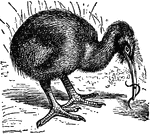Clipart tagged: ‘flightless birds’
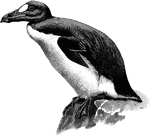
Great Auk
"This species (Alca impennis or Great Auk), extirpated chiefly by the persecution of fisherman, but…

Great Auk
"Alca Impennis. The Great Auk. A great white oval spot between eye and bill. Hood and mantle dark; under…
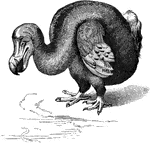
Dodo
"The Dodo, ...was an immense Pigeon-like bird bigger than a Turkey, with an aborted keel to the sternum…
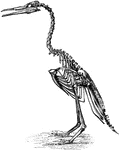
Restoration of Hesperornis regalis
"Hesperornis regalis, (a fossilized restoration) which stood about three feet high, had blunt teeth…
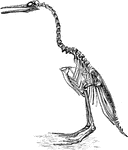
The Restoration of the Hesperornis Regalis
"Hesperornis regalis, (a fossilized restoration) which stood about three feet high, had blunt teeth…

Kiwi
The Kiwi, a native of New Zealand is closely related to the Ostrich but much smaller. It is also a flightless…
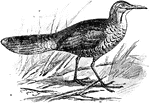
Mesites
The mesites (Mesitornithidae) are a family of birds of uncertain affinities. They are smallish, near…
